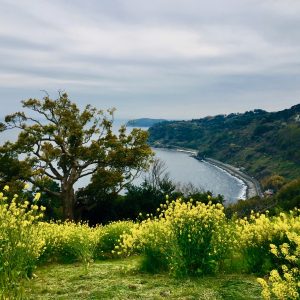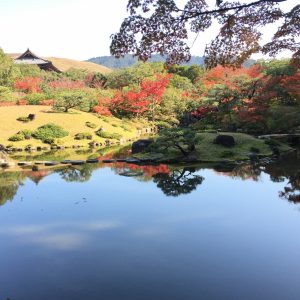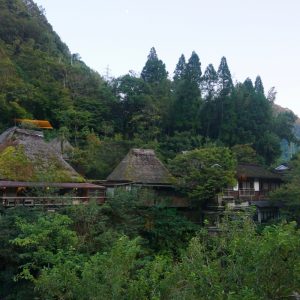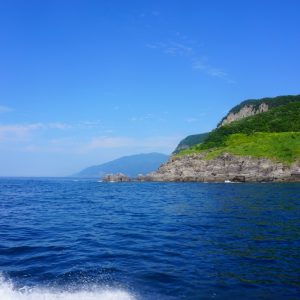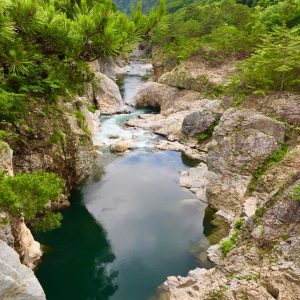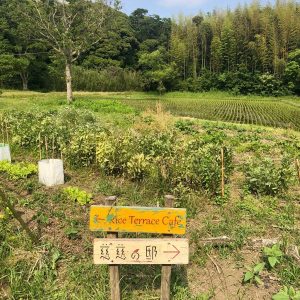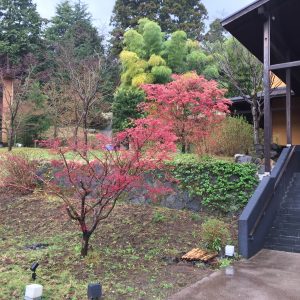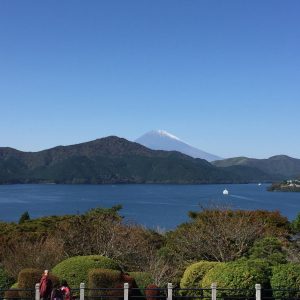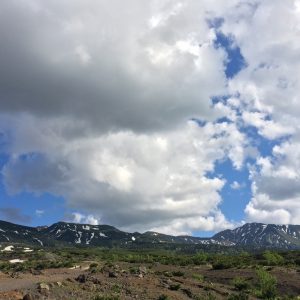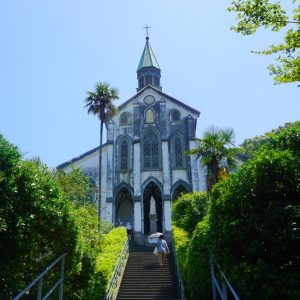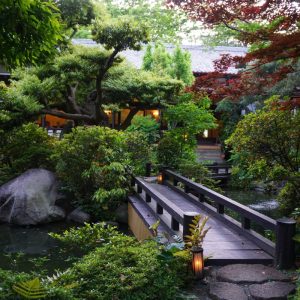Yugawara – Ancient Relics, Hot Springs and the Deep, Blue Sea
Of the many legends about the origins of the hot springs at Yugawara, south of Tokyo, my favorite one tells the story of Gyouki, the high priest of Yakushiji Temple in Nara. According to this tale, while Gyouki was traveling through the country seeking funds for the construction of the Great Buddha of Nara, he met an ailing beggar in the mountains of Hakone, west of Tokyo. Gyouki carried the beggar on his back and, following his directions, descended the… Read more »

